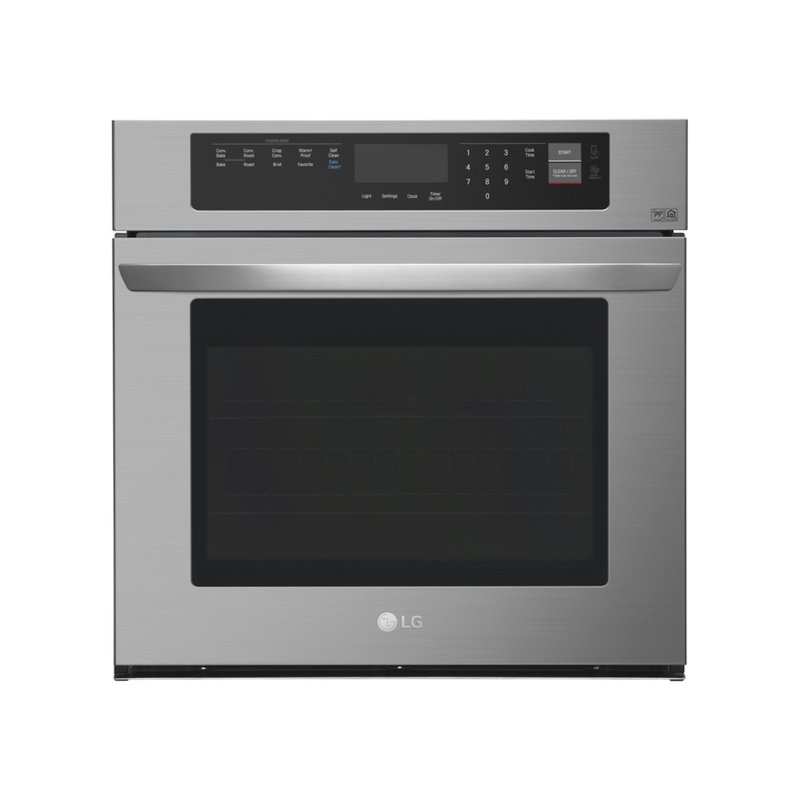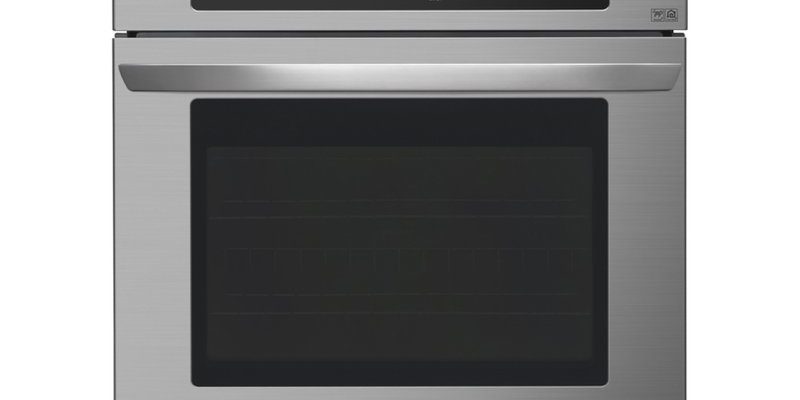
When you dive into the world of appliance care, it might seem a bit like learning a new language. But, just like when your car’s dashboard lights up, your LG oven is trying to communicate. The F2 error often signals an issue with the oven’s temperature sensor or thermostat. Imagine trying to bake a cake without a thermometer; you’d have no idea if it’s undercooked or burnt. Similarly, the oven relies on this sensor to maintain the right temperature. If the sensor goes haywire or the connections are loose, the oven can’t function correctly. But don’t worry, we’re here to break down how to keep this error at bay.
Understanding the Root Causes of Error Code F2
To prevent something, it helps to understand what causes it in the first place. The F2 error is most commonly associated with temperature sensor issues. Essentially, the temperature sensor is like the oven’s brain for heat; it tells the unit when to heat up or cool down. If it’s malfunctioning, the oven can overheat or not reach the desired temperature, which is why you see the error code.
Now, you might be wondering why the sensor fails. There are a few usual suspects: wear and tear over time, dust and grime buildup, or even electrical issues. Just as a dusty room can make you sneeze, dust inside your oven can wreak havoc on its components. Also, consider how often you use that oven; frequent use without regular maintenance can lead to sensor burnout. It’s like running a marathon without ever taking a rest—eventually, something’s gotta give.
The wiring connecting the sensor to the oven’s control board can sometimes be the culprit. Like a dodgy pair of headphones with frayed wires, if the connections are loose or damaged, signals won’t be effective. Checking these components regularly can catch potential issues early, saving you headaches down the line.
Regular Maintenance is Key
Just like you take your car in for a regular check-up, your oven needs a bit of TLC too. Regular maintenance can help keep the F2 error at bay. Start by giving your oven a good cleaning. Accumulated grease and debris can affect the sensor’s performance. Picture dust settling on a shelf; over time, it builds up and can obstruct your view. The same goes for your oven’s parts getting clogged with grime.
Once it’s clean, check the sensor’s positioning and connections. You wouldn’t leave a loose button on your shirt, would you? Loose connections can lead to faulty readings. Ensure that the sensor is securely in place and that the wiring is intact and connected properly. A professional might refer to this as checking for continuity, making sure everything flows as it should.
Also, consider scheduling a professional check-up. Even though DIY maintenance is great, sometimes it’s better to have a pro take a look. They can spot problems that might not be obvious to the untrained eye. Think of it like visiting a doctor for a full health check; they can diagnose issues before they become serious.
Tips for Avoiding Future Errors
So, you’ve tackled the current issue, but how do you prevent it from happening again? Prevention is better than cure, as they say. First off, make a habit of regular cleaning. It’s like brushing your teeth; the more consistent you are, the healthier things will stay. Use a soft cloth and a mild detergent to wipe down the interior of your oven, keeping pesky grime at bay.
Next, be aware of how you use your oven. Avoid slamming the oven door shut, as this can jostle the sensor and loosen wires. Think of it like gently closing a book; no need to make a racket. Also, try not to overload your oven with heavy dishes, which can put undue stress on its components.
Finally, consider investing in a surge protector for your appliance. Power surges can damage the electronic components in your oven, leading to errors. It’s like an umbrella in a rainstorm, offering an extra layer of protection.
By understanding what causes the F2 error and taking proactive steps, you can keep your LG oven running smoothly. Remember, a little bit of regular care goes a long way in keeping those error codes at bay. Happy cooking!
